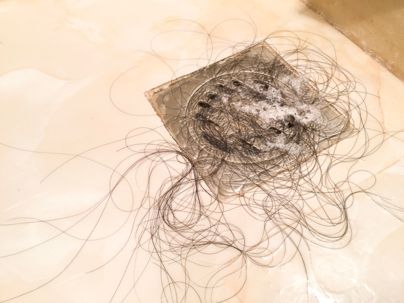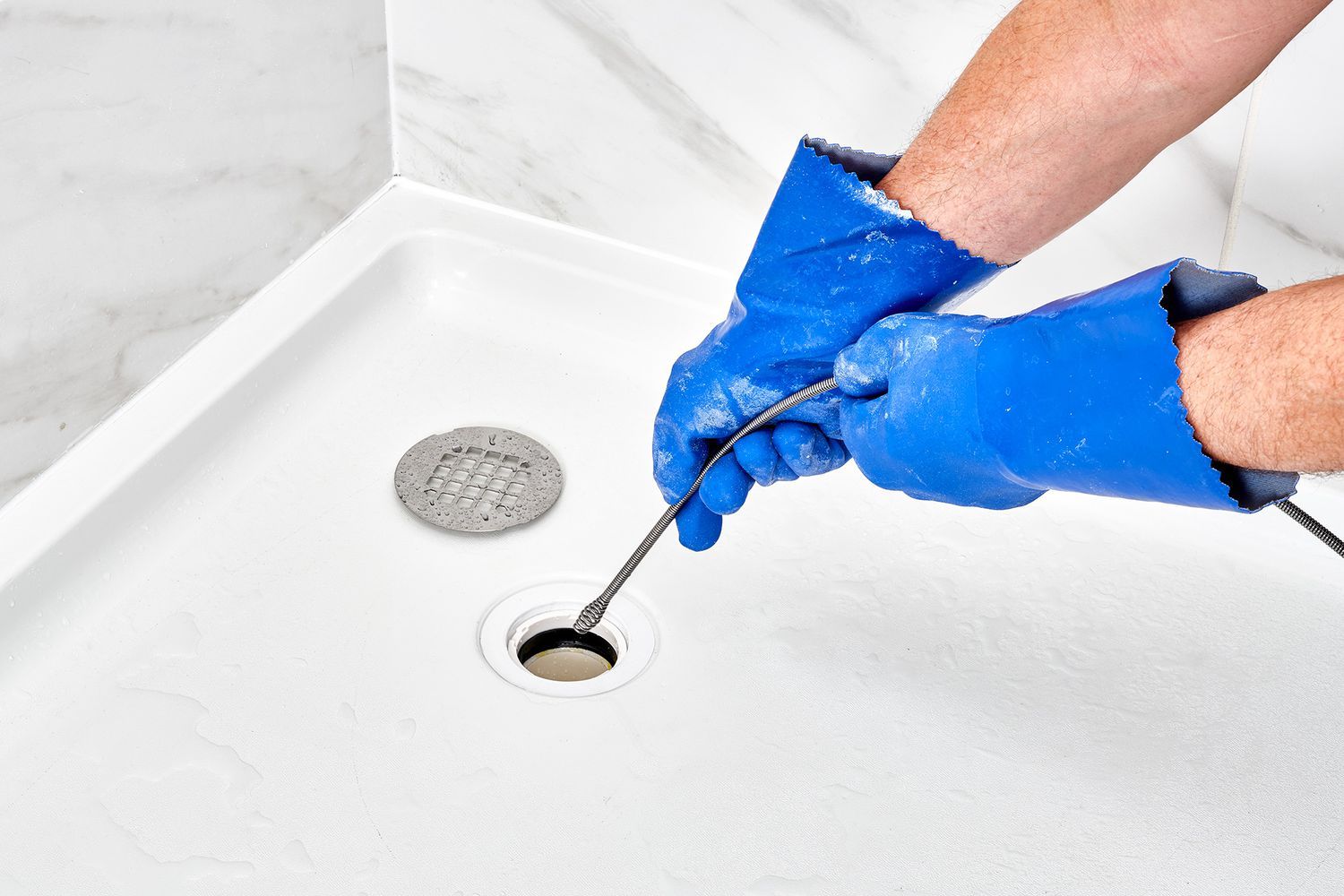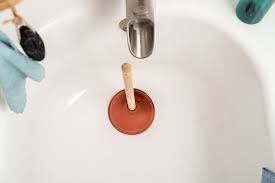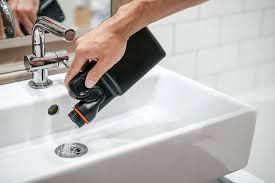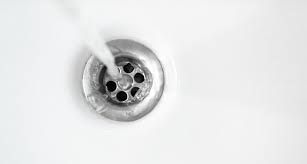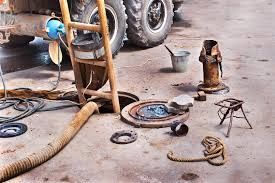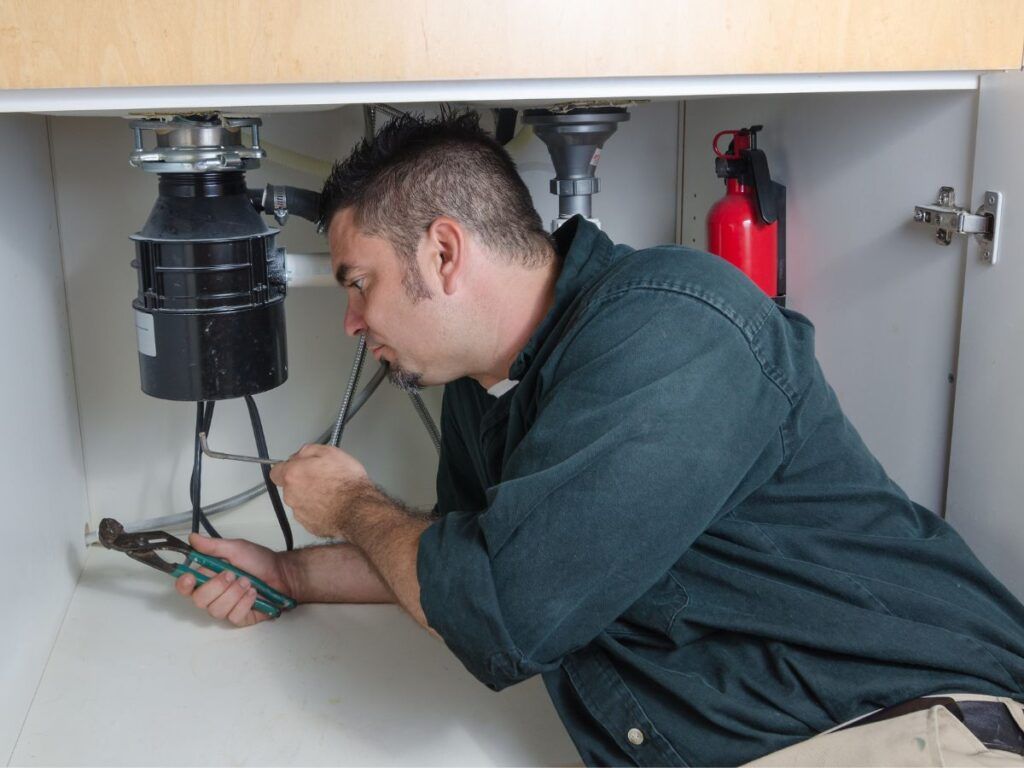How To Repair Your Plumbing After a Hurricane or Flood
Hurricanes and floods can cause catastrophic damage to homes, leaving homeowners scrambling to deal with the aftermath. Among the many issues that arise, plumbing problems are often overlooked until they become serious. Floodwaters can overwhelm drainage systems, damage pipes, and contaminate water supplies, making it crucial to address plumbing issues as soon as possible. This guide will walk you through everything you need to know about assessing and repairing your plumbing after a major storm, ensuring a safe and functional water system in your home.
What does it mean when water comes up from the shower drain?
Understanding the Impact of Hurricanes and Floods on Plumbing
When floodwaters invade a home, they don’t just leave behind physical destruction; they introduce a range of plumbing complications.
- Pipe Damage: The pressure from excessive water and debris can crack, shift, or break underground pipes.
- Sewage Backups: Overwhelmed sewer lines may push contaminated water back into the home.
- Contaminated Water Supply: Flooding can introduce harmful bacteria and chemicals into your water system.
- Water Heater and Appliance Issues: Flooded water heaters and dishwashers may need thorough inspection before use.
- Clogged Drains and Slow Drainage: Excess debris from the flood can block your drainage system, making water flow sluggish.
Understanding these issues is the first step toward effective repair and recovery.
Step 1: Inspect Your Plumbing System
Before making any repairs, it’s important to assess the extent of the damage.
- Look for Visible Damage: Check for broken, cracked, or displaced pipes, especially around the foundation of your home.
- Test Your Water Supply: Turn on the faucets and note any discoloration, unusual odors, or low water pressure.
- Listen for Strange Noises: Bubbling, hissing, or gurgling sounds from your pipes may indicate hidden leaks or air pockets.
- Check for Sewage Backup: If you notice water backing up into sinks, tubs, or toilets, your sewer line may be clogged or damaged.
Step 2: Shut Off the Water Supply
If you suspect major plumbing damage, shut off the main water supply to prevent further leaks or contamination. This can usually be done at the main valve near the water meter. If you’re unsure where your shut-off valve is located, now is a good time to find out.
Step 3: Drain and Flush Your Pipes
Floodwaters can introduce dirt, sediment, and bacteria into your plumbing system. To clean out your pipes:
- Open all faucets and let the water run until it’s clear.
- Flush toilets several times to push any remaining floodwater out of the system.
- If your home has been exposed to contaminated water, boil water for drinking and cooking until officials declare the water safe.
Step 4: Repair Broken or Leaking Pipes
If you find leaks, they need immediate attention.
- Small Leaks: Temporary fixes like pipe sealant or plumber’s tape can hold until professional help arrives.
- Major Breaks: If pipes are severely damaged, it’s best to replace the section entirely. If you’re unfamiliar with plumbing repairs, hiring a professional is recommended.
Step 5: Address Sewer System Issues
Sewer backups are one of the most hazardous problems after flooding. If you notice foul odors, slow drains, or water pooling around your yard, your sewer line may be compromised. A professional plumber should handle sewer repairs, as exposure to raw sewage can pose serious health risks.
Step 6: Inspect and Restore Your Water Heater
Water heaters submerged in floodwaters should not be used until they’ve been inspected. Even if the outside appears undamaged, internal components could be compromised.
- Turn Off the Gas or Electricity: Prevent further damage or potential explosions by disconnecting the power source.
- Drain and Flush the Tank: If salvageable, flushing the tank can remove contaminants before refilling it with fresh water.
- Consult a Professional: If the water heater is beyond repair, replacement is necessary.
Step 7: Prevent Future Flood-Related Plumbing Issues
Once your plumbing is restored, consider preventive measures to protect it against future disasters:
- Install a Backflow Prevention Valve: This device prevents sewage from backing up into your home during flooding.
- Elevate Water Heaters and Appliances: Keeping these systems above potential flood levels can reduce damage.
- Regularly Inspect and Maintain Drains and Sewer Lines: Routine checks ensure your drainage system is in top condition before disaster strikes.
- Consider a Sump Pump: A sump pump can help remove excess water from basements or crawl spaces, reducing the risk of standing water damage.
Conclusion: Restoring Normalcy After the Storm
Repairing your plumbing after a hurricane or flood can be overwhelming, but taking a systematic approach can make the process manageable. Start with a thorough inspection, address immediate issues, and seek professional help when necessary. By understanding the risks and taking preventive measures, you can safeguard your plumbing system against future disasters. Remember, restoring your home’s plumbing isn’t just about fixing leaks—it’s about ensuring safety, comfort, and peace of mind for the long road ahead.
